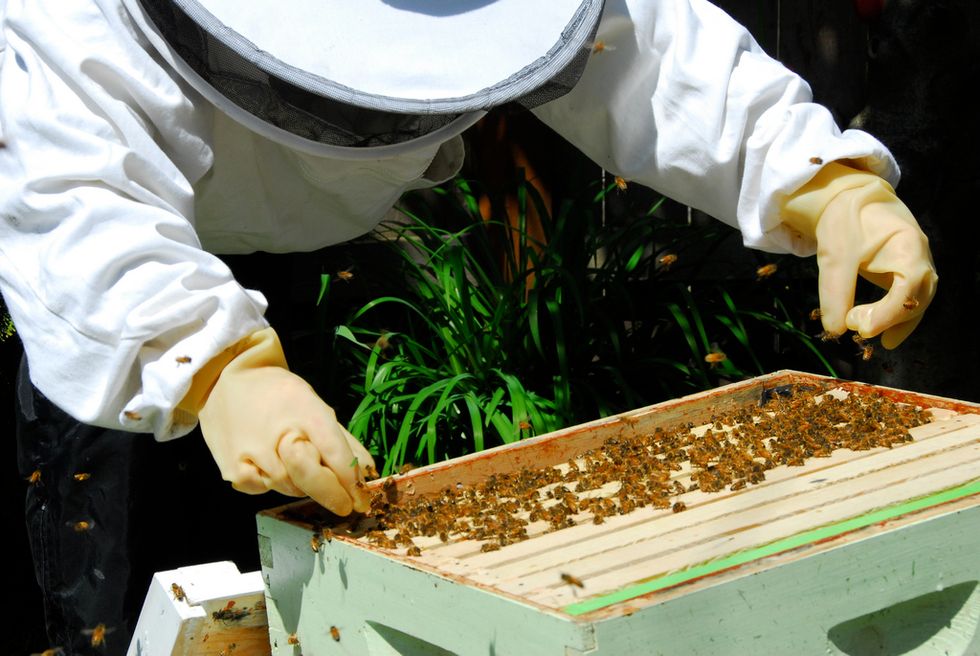Everyone knows that bee populations are declining—I’ve seen my fair share of graphics of what grocery stores would look like without bees—but we’re not often told what we can do about it. When I did research the topic, some of the advice I found wasn’t feasible for a college student low on time, money, and energy. The following are a few easy but effective ways to help protect the bees.
- Buy local honey. This is one of the easiest (and most delicious) ways to help save bees. Not only do you support local farmers, but you’re also ensuring that the bees that produce your honey are well treated. Beekeepers keep hives healthy and help them multiply, while still leaving them enough honey to eat. (For a quick explanation, take a look at this blog post.)
- Avoid calling exterminators. Obviously, killing bees isn’t good, but the consequences extend beyond just the one hive. Most exterminators will just spray insecticide into the hive and leave it there. Other bees then find the hive and either enter it and die, or carry the toxic honey back to their own hive, where it could have lethal consequences. Local beekeepers will often agree to remove and relocate swarms for less than an exterminator would charge or even for free. You can look for local beekeepers here.
- Plant wildflowers. This is a bit more labor intensive than the last two suggestions, but if you’re doing some gardening, consider planting species native to your area. This not only provides bees with foraging habitats, but it also saves you some effort—local species are already suited to your climate and won’t require as much upkeep as most ornamental plants. However, make sure you pick species that are actually native to your area: what is considered a wildflower in California could be an invasive species in Georgia.
- Get involved in policy. This is more important than ever, especially with the future of the EPA as uncertain as it is. You can find a list here that's updated with ways you can get in contact with decision makers.






















